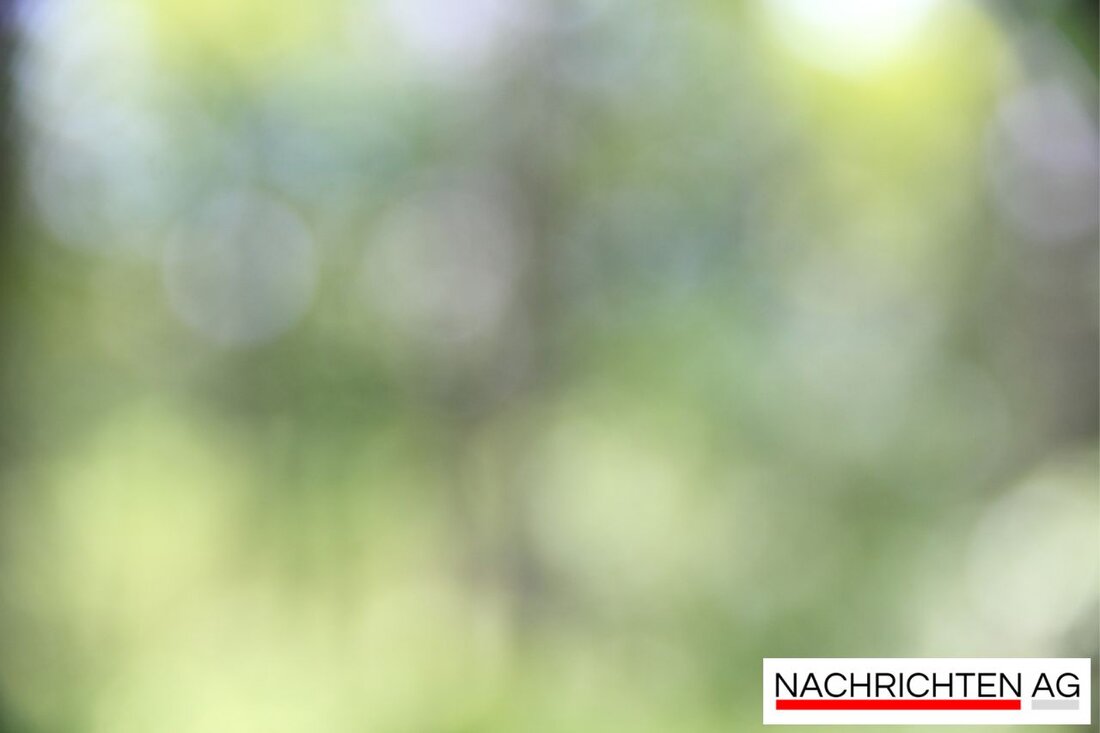The secret of the senses: This is how animals and machines experience their environment!
Explore environmental and perception theory that illuminates the interaction between humans, animals, and machines.

The secret of the senses: This is how animals and machines experience their environment!
What happens when the worlds of humans, animals and machines meet? This question is at the center of an exciting discussion about the sensitive interaction between intelligence and the environment. As the Echoes Sciences reports, the abilities of people, animals and machines to perceive and interact with their environment are crucial to their intelligence. But how can this interaction be objectified?
The concept of “environment,” coined by biologist Jakob von Uexküll, describes how organisms perceive and experience their world. Each type represents its own specific environment, influenced by its sensory organs and perception mechanisms. Uexküll makes a clear distinction between the environment – external perception – and the internal world, which includes the internal representation of the self. The importance of this theory in cognitive philosophy and in areas such as robotics and cybernetics is also of great interest, such as Wikipedia highlights.
The world of animals and people
Cognitive ethology gives us a deep insight into the thought processes and minds of non-human animals. This discipline examines not only intentions and opinions, but also the consciousness of animals. Unlike classical ethology, cognitive ethology also takes mental states and abilities into account. Donald R. Griffin was one of the first to coin this term and focus on the mental abilities of animals. His criticism of the behaviorist approach opens up numerous perspectives regarding animal ethics and the rights of animals, such as Wikipedia describes.
A clear example of the application of environmental theory are the strategies of animals such as ticks, which locate their hosts based on smell and temperature. This shows how animals actively shape their environment and that all parts of an organism must work together in a functional circle. Uexküll's impressions not only shaped animal science, but also triggered far-reaching discussions in philosophy.
Machines and natural systems
Technological advances mean that machines are increasingly seen as part of this interaction. Engineers are working to develop machines that have artificial interfaces that mimic systems found in nature. Devices could be developed that enable blind people to navigate in biathlon by relying on the natural perceptual abilities of animals. Such developments show how narrow the boundaries between different environments actually are.
Let us be aware of how different yet interwoven these worlds are. Sensitivity to our environment – be it that of animals or that of machines – is crucial. We have to keep an eye on the biological foundations and mental performance of living beings. A targeted exchange and critical reflection on our interactions can help to develop a better understanding of the interaction between humans, animals and machines.

 Suche
Suche
 Mein Konto
Mein Konto